Table of Contents
ToggleThe Core Skills of Mathematics: Unlocking the Foundations of Mathematical Proficiency:
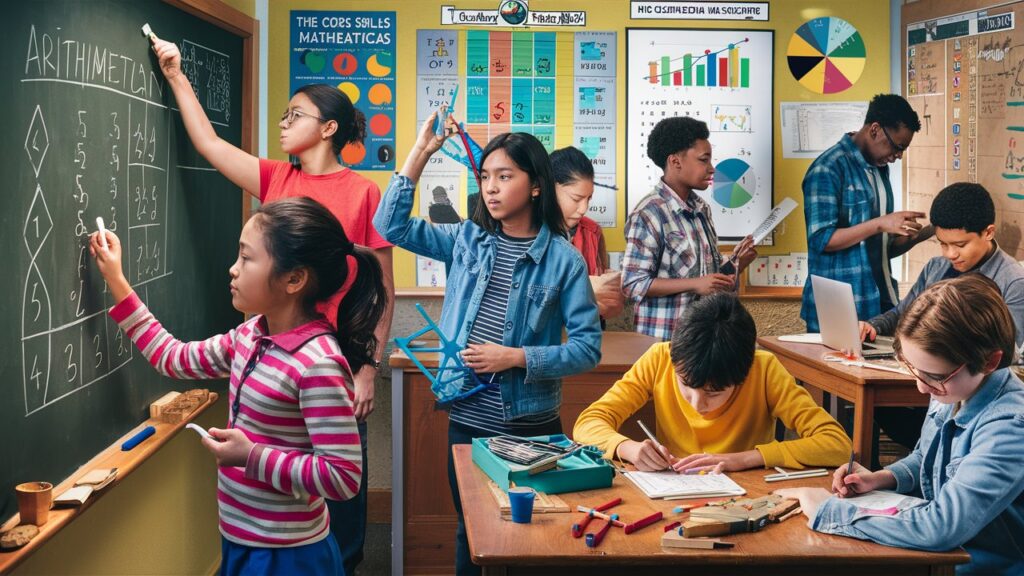
Mathematics, often dubbed the “language of the universe,” plays a crucial role in our daily lives, from calculating expenses to solving complex scientific problems. However, mastering this subject goes beyond memorizing formulas and procedures; it requires a solid foundation in fundamental skills. This is where The Core Skills of Mathematics come into play, serving as the building blocks for higher-level understanding and application.
Introduction to The Core Skills of Mathematics:
The Core Skills of Mathematics is a comprehensive course designed to equip learners with the essential tools and techniques needed to excel in mathematical thinking and problem-solving. This course delves into the foundational aspects of mathematics, ensuring that students not only understand but also appreciate the importance of these skills in both academic and real-world contexts. By focusing on these core skills, learners can develop a robust mathematical foundation that will support their growth in more advanced topics.
The Importance of Fundamental Mathematical Skills:
The core skills of mathematics are crucial for several reasons:
Foundation for Advanced Learning: Just as a house needs a strong foundation, advanced mathematical concepts require a solid grasp of basic skills. Without this, students often struggle with more complex topics, leading to frustration and a lack of confidence.
Critical Thinking and Problem-Solving: Mathematics teaches us how to think logically and solve problems systematically. The core skills foster these abilities, enabling students to approach problems methodically and find effective solutions.
Practical Application: From budgeting and financial planning to engineering and technology, the core skills of mathematics are applied in countless fields. Understanding these basics is essential for success in both personal and professional realms.
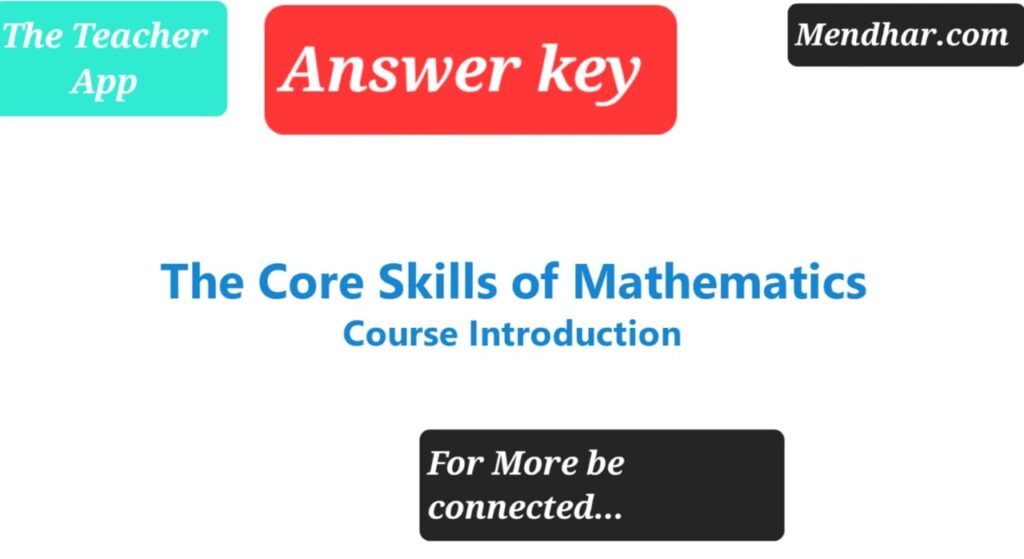
Q1.Arrange the activities in the correct sequence according to CRA’s method of teaching
1. Teaching children to demonstrate multiplication of numbers by using pictures.
2. Demonstrating multiplication with marbles or other objects to teach children
3. Encouraging children to multiply two numbers using the standard calculus method
Choose the correct sequence.
You can choose only one option.
(I) 1, 2,3
(II) 3,2,1
(III) 2,1,3✅
(IV) 3, 1,2
Q2.Which questions would you use to promote problem solving skills in children?
You can choose more than one option.
I. Add two numbers using the standard algorithm method
II. Why is your method of adding two numbers better? Give reason.✅
III. If you subtract 12 from a number and add 10 into it, then
the resulting number becomes 60.✅
IV. What was the missing number in the beginning? Give your answer with
reason.
Solve this problem.
2?
+?2
91
Q.3 If you want to develop problem solving skills in class, what steps would you apply in your class?
You can choose only one option.
I. Understand the problem, make the plan, execute the plan, examine the plan.✅
II. Make the plan, examine the plan, execute the plan, understand the problem.
III. Execute the plan, examine the plan, make the plan, understand the problem.
IV.Understand the problem, examine the plan, make the plan, execute the plan.
Q4.Kavita wants her children to find connections between different Math concepts and real life. What steps should she take to achieve this?
You can choose more than one option.
I. Children should be given the opportunities to represent the same concept in a variety of ways.✅
II. Children should be given opportunities to explore several methods to solve problems connected to a concept.✅
III. Children should be given opportunities to solve problems that are relevant in real-life situations.✅
IV. Children should be given questions that require them to understand more than one operation.
Q5.Latika ji asks the children to take out the same number of buttons from a box repeatedly to discover the connection related to the concept of division. What kinds of connections can they explore through this activity?
You can choose more than one option.
I. Connection between division and subtraction.✅
II. Connection between different processes of division.
III. Connection between division and multiplication.✅
IV. Connection between division and real-life situations.✅
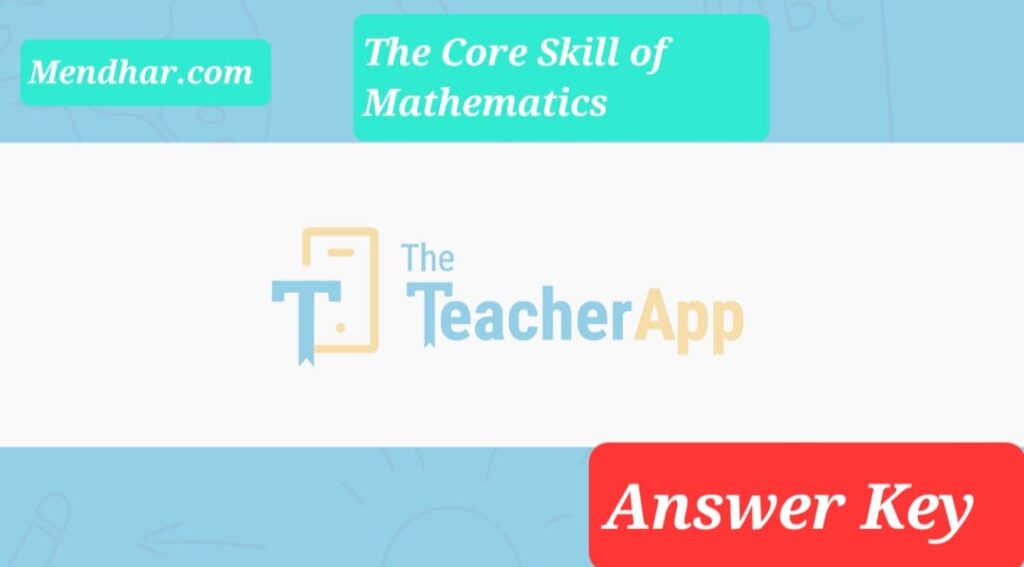
Q6.Choose one of the questions given below that can encourage logical thinking in the classroom.
You can choose more than one option.
I. What will be the result of adding these two numbers?✅
II. What are the similarities between these two multiplication methods?
III.What makes your division method better than other methods?✅
IV.What are the Addition methods that produced different answers in the class?
Q7.Let us pay attention to the conversation taking place in the class.
Teacher: Children, what is 24 times 2?
Child: 48!
Teacher: How did you get this answer?
Child: 20 times 2 equals 40 and 4 times 2 equals 8 and they sum up to 48!
Teacher: Do all of you find Anil’s answer and method correct? Will this method work in all situations?
On the basis of this conversation, on which level this class can be placed according to the conversational responsibility of the children?
You can choose only one option.
I. level 0
II. level 1✅
III.level 2
IV.level 3
Q8.Observe this class carefully and tell about methods used by the teacher to promote conversation in the class.
Teacher: I made some mistake while solving the question written on the board.
Find that mistake. (After a while)
Kabir: You have added Carry-over incorrectly!
Teacher: How?
Kabir: One’s carry-over was not added to ten’s!
Teacher: Would anyone else want to give an answer?
You can select more than one option.
I. Waiting.✅
II.Repeating children’s sentences.✅
III. Inviting children to participate.
IV. Asking children to express an idea in their own words.
Q9.Kashmira ji often starts her classes by asking the children to represent a problem with different objects or pictures. Can you guess why she asks the children to represent a question on their own in different ways?
You can choose more than one option.
I. This allows children to express their understanding.✅
II. This allows children to discuss each other’s understanding.✅
III.This allows children to understand the same question in different ways.✅
IV.This allows children to play an active role in the process of building their own understanding✅
Q10 Ishrat ji uses these activities to explain the concept of numbers to the children in her first-grade class.
1. Counting kidney beans with your partner in numbers.
2. Counting the objects kept in the classroom and labelling them with numbers.
Which math related skills will Ishrat ji be able to work on mainly through these activities?
You can select more than one option.
I. Problem solving skills.✅
II. Reach conclusions through logic & reasoning.
III.Build understanding through conversation.✅
IV.Visualization and representation skills.
V.Find Methamitical connection;✅
Key Components of The Core Skills of Mathematics
The Core Skills of Mathematics course covers several fundamental areas, each critical to developing a well-rounded mathematical proficiency:
1. Arithmetic
Arithmetic is the foundation of all mathematical operations. It involves basic computations such as addition, subtraction, multiplication, and division. Mastery of arithmetic is essential for everyday activities and more advanced mathematical concepts. The course emphasizes mental math techniques and efficient strategies for performing calculations.
2. Number Sense
Number sense refers to the intuitive understanding of numbers, their magnitude, relationships, and how they are affected by operations. This skill is crucial for estimating, comparing, and understanding the significance of numbers in various contexts. The Core Skills of Mathematics helps students develop a strong number sense, which is vital for higher-level math.
3. Algebraic Thinking
Algebra involves working with variables, expressions, and equations. It is a significant leap from arithmetic and requires a new level of abstract thinking. The course introduces algebraic concepts in a gradual, understandable manner, ensuring that students can confidently manipulate algebraic expressions and solve equations.
4. Geometry
Geometry focuses on the properties and relationships of shapes and spaces. It enhances spatial reasoning and helps students understand the world around them. The Core Skills of Mathematics covers basic geometric concepts such as points, lines, angles, and shapes, providing a foundation for more complex geometric studies.
5. Measurement
Measurement is the process of quantifying physical properties such as length, area, volume, and time. This skill is essential for practical tasks and scientific inquiry. The course teaches students how to measure accurately and understand the units and tools involved in measurement.
6. Data Analysis and Probability
In an increasingly data-driven world, the ability to interpret and analyze data is invaluable. This component of The Core Skills of Mathematics introduces students to basic statistical concepts and probability, helping them make informed decisions based on data.


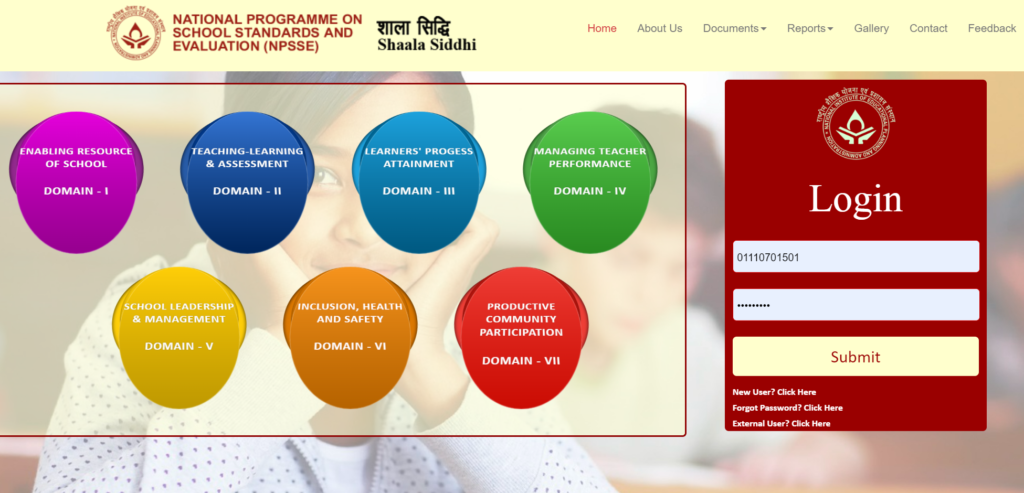
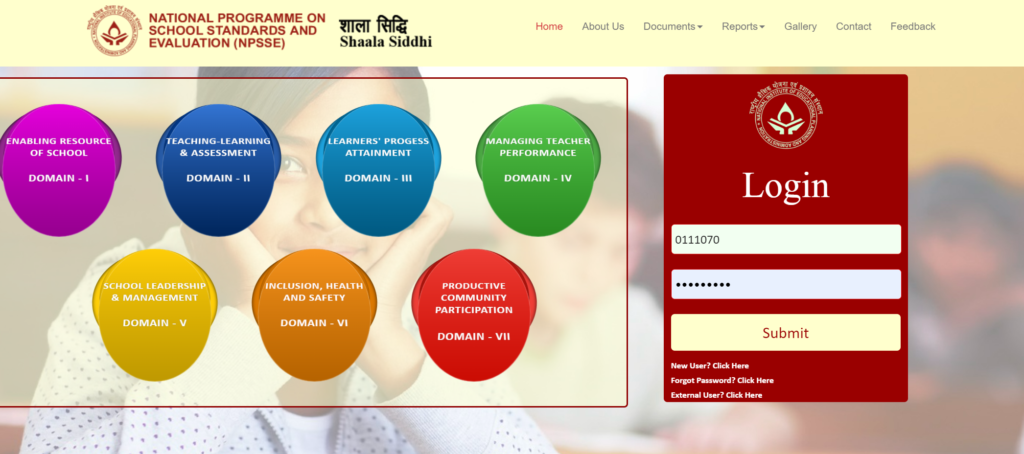
Pingback: Conduct of OMR Based Examination for Supervisor -
Pingback: Graphic Organiser:Module 4 Answer Key -